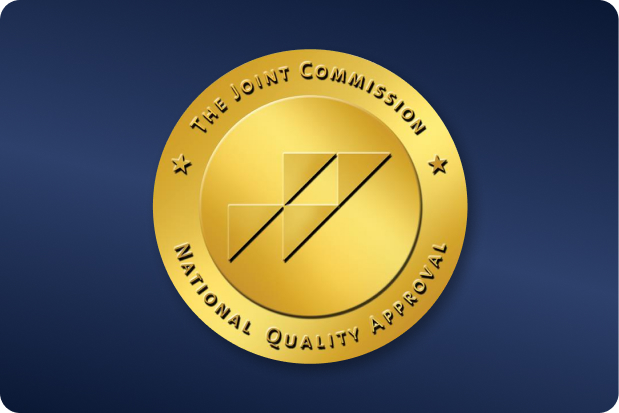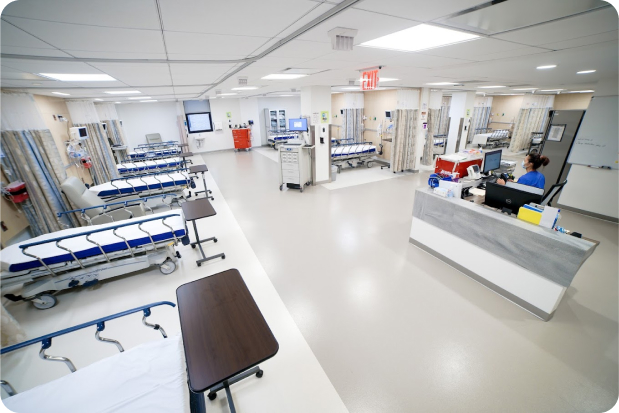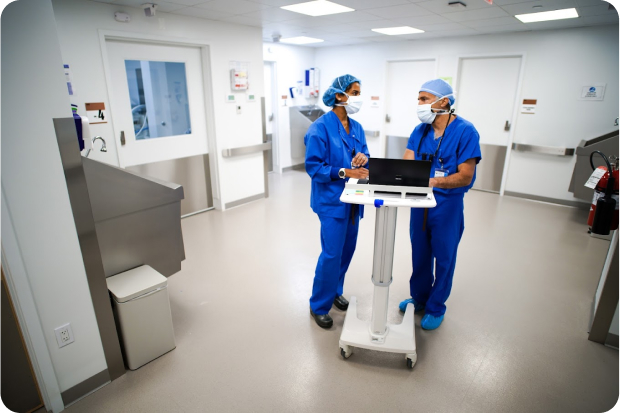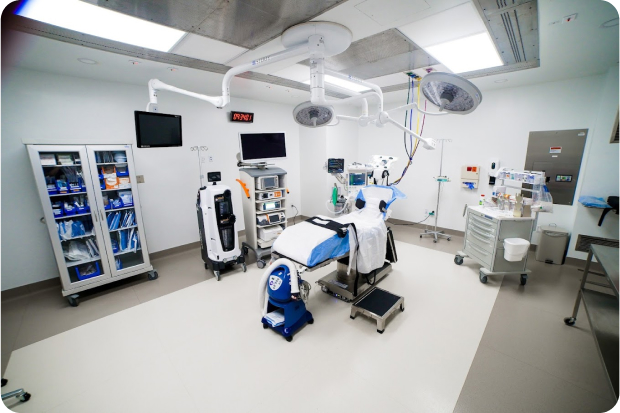 OUR LOCATIONSCall to book (212) 604-1300
OUR LOCATIONSCall to book (212) 604-1300
 OUR LOCATIONSCall to book (212) 604-1300
OUR LOCATIONSCall to book (212) 604-1300
Table of contents
A whiplash headache is a headache that occurs after a sudden, rapid motion of the neck, often due to a motor vehicle accident, contact sport, or another injury with impact. The neck muscles spasm in putting the head in the safest position possible to avoid anything injuring it, which is, unfortunately, a trigger for a whiplash headache. Whiplash injuries involve not only neck muscles but also other soft tissue in the neck that can sprain or become damaged and inflamed, leading to headaches and neck soreness.
There are different causes of whiplash headaches, and diagnosing them can be problematic, particularly if the patient also has a concussion. Therefore, it would be in each patient’s best interest to visit an experienced headache specialist for an accurate diagnosis and treatment options.
After experiencing a whiplash injury, people usually feel pain in the area at the back of the head where the head meets the neck. Pain can radiate from that area to the temples, the top of the head, the forehead area, or the neck. These headaches can be described as dull and throbbing or sharp and irritating. Pain increases with neck movement, looking down at a computer screen, or texting. Whiplash headaches are often associated with other symptoms such as stiffness of the neck, limited range of motion in the neck, dizziness, or fatigue.




Whiplash headaches are identified by your medical history, physical examination, and, if necessary, imaging examinations. Your provider will inquire about the symptoms and mechanism of injury to understand the nature of your headache and then will examine your neck for stiffness, tenderness, and limited range of motion.
To exclude more serious injuries, they may perform X-rays, CT scans, or MRIs. Although imaging doesn’t show a whiplash headache, it can rule out other possible causes of the pain.
The first step in treating whiplash headaches is therapy and neck exercises. While a sprain or strain will resolve on its own, therapy and exercises will hasten improvement. Nonsteroidal anti-inflammatory medications and muscle relaxants can also help. When pain is persistent, additional testing will often reveal either a facet joint injury or a disc injury. When facet joint or disc injuries persistently cause pain and discomfort, additional treatment will be required. This may take the form of injections or minimally invasive procedures.
In some cases, a combination of treatments offers the best results. Early care is key to preventing chronic pain and speeding up recovery.
Whiplash can lead to chronic headaches, which can quite seriously disrupt your daily life. It is crucial to treat your acute pain and inflammation early to prevent chronic pain. Early treatment can lead to optimal functional recovery and allow you to resume your normal day-to-day activities without long-term disability. Getting the right time assessment will also assist you in finding out any underlying issues that could lead you to a successful treatment plan.
Neglecting the headache that comes from a whiplash injury can complicate treatment and, more importantly, can lead to chronic pain. Early evaluation by an experienced doctor, combined with exposure to a full range of treatment, is essential in achieving an effective recovery.
Physical therapy is an essential part of whiplash headache rehabilitation. Once the acute pain has subsided, physical therapy helps restore flexibility, strengthen neck muscles, and normalize postural alignment. A customized rehabilitation program can involve stretching, strengthening exercises, and manual therapy techniques.
Through a series of frequent therapy sessions, most patients notice a reduction in headache frequency as well as enhanced neck function over time.
Dealing with a whiplash headache can be difficult. However, taking the right steps toward recovery can make all the difference. Whiplash headache outcomes vary from person to person and often require a combination of treatment options. It’s important to find a good doctor to help you navigate your care. Many patients, with early intervention and a plan tailored to their needs, experience significant relief and regain comfort. Being proactive and addressing your whiplash headache will get you moving forward with confidence and peace of mind.
New York Pain Care
20 Squadron Blvd, Suite 290
New City, NY 10956
(212) 242-8160






